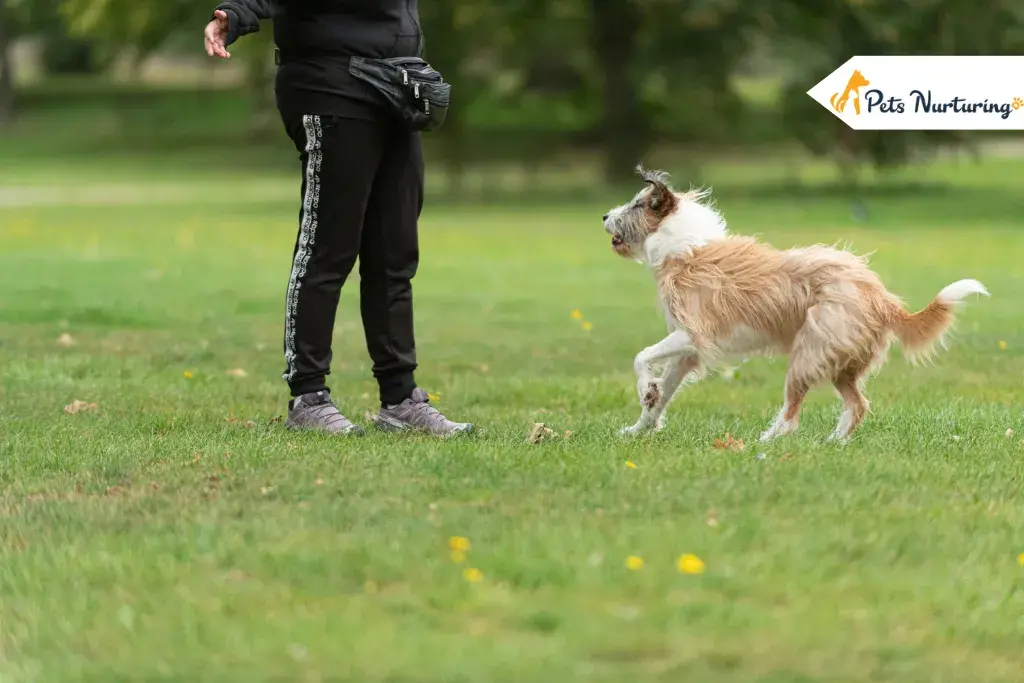
The very first concern after fulfilling your lifelong wish of owning a dog is how you are going to train it. And this concern is valid as dog training is among the long list of expenses that come along once you become a dog parent.So, are you wondering how much dog training cost? Is it vital to train your dog? What are the different dog training methods?
We have gathered all the important things you need to know about dog training
Importance of Dog Training
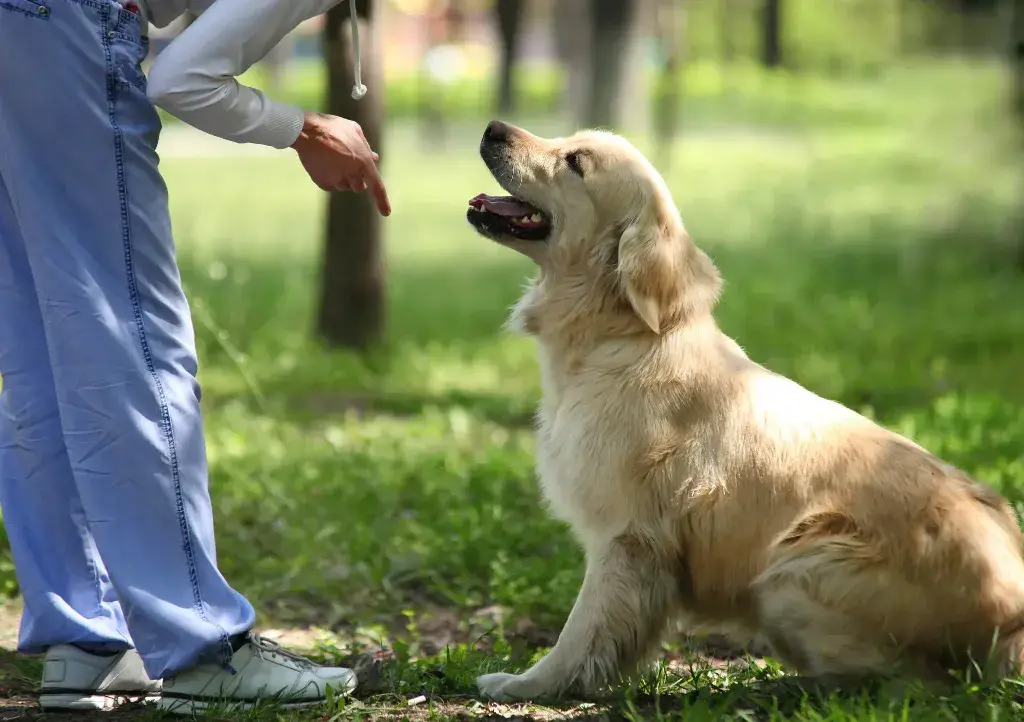
Training your dog not only uplifts your experience as a dog owner but also strengthens the bond with your furry friend. It makes daily life situations involving your dog much easier to deal with. Now, there are multifarious benefits to training your dog, we have listed a few for you below:
1. Mental and Physical Stimulation
During dog training, your furry friend learns to associate positive/negative reinforcements with the cues or behavior patterns they are taught.
This stimulates them mentally and is excellent for lowering stress levels, curbing boredom, eliminating unwanted behavior, and overall well-being. Training sessions also involve physical activity; keeping your dog fit and healthy.
2. Better Sociability
Training your dog from a young age to mingle in social settings and being friendly with strangers or other pets makes everyone around you feel comfortable and relaxed. You can also use some best dog training apps to train you dog.
3. Keeps Your Dog Safe
When your dog’s behavior towards other animals is controlled by proper training, it can save them from indulging in dangerous encounters with infected stray animals. Plus, they can put their maximum input as guard dogs if trained to utilize their instincts.
4. Better Vet/grooming Professionals Visits
Another tremendous benefit of training your dog is how hassle-free your visits to dog professionals get; allowing thorough grooming and better health checkups.
5. Strengthens the Bond
Working on training your dog will not only allow you to minimize unwanted behavioral traits in them, but it will also ensure a positive, pleasant experience as a dog owner. This way, your dog will be your best friend forever and a lifelong loyal companion to be there for you when no one else is.
Factors Affecting Dog Training Cost
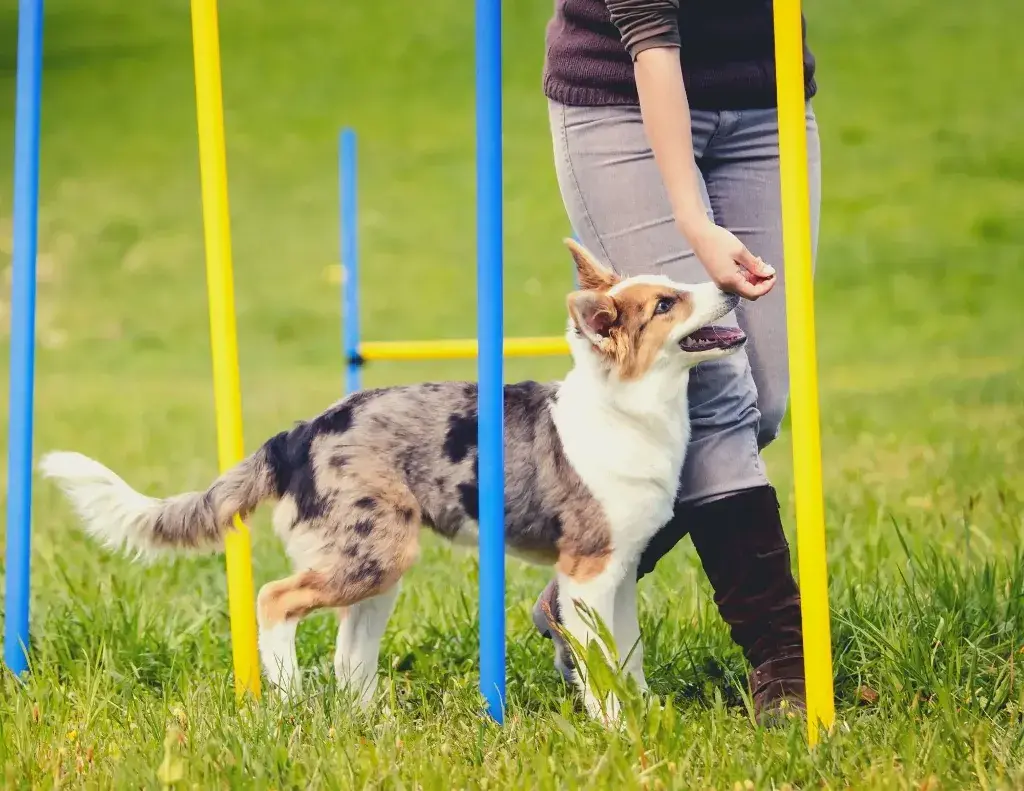
How much does dog training actually cost? Well, the answer can’t be a fixed figure. The cost of training is influenced by factors like what type of training you’re going for and how long it’s going to take your dog to adapt to it. It also depends on what your pup/dog’s actual needs are.
The following are the reason likely to fluctuate the dog training cost:
1. The Type of Training
The cost changes drastically depending on the type of training you’re going for. For example, if you want a personalized training experience for your dog with all the attention directed toward them, then in-home training will work, costing you something between $1500 and $2000 in the first year.
The group dog training classes, on the other hand, are a cost-efficient option/training program, chosen by many for their feasibility, but it has their own drawbacks. The dog training that’s going to cost you the most is probably board and train programs.
2. The Trainer’s Location and Experience
Now, the dog training program you decided on isn’t the only determining element. The location of the dog training facility also significantly affects the overall cost value.
If you’re based in a suburban area, a dog trainer will typically charge you between $100-$200 per hour for an individualized/private training session. Some might also have a rate of $140 for a basic training session.
Besides, the obvious fact, the more experienced a professional dog trainer is, the more is going to be the rate. It’s also important to double-check the claims made by professionals and not blindly trust them. Do your research properly before hiring to save you from long-term complications.
3. Dog’s Breed or Age
Intelligent dog breeds like Border Collie, German Shephard, Lab, Golden Retriever, Australian Shepard, etc, are easier to train, are fast learners, and might take relatively less time to get trained.
While the essentially stubborn breeds like Rottweilers, American Pit Bull Terriers, Siberian Huskies, and Bullmastiffs are somewhat harder to train and require a lot of personalized training, thus generally expensive breeds for training.
Plus, the age you put your dog in training programs is also essential. Grown-up dogs are difficult to deal with and train, resulting in a long strenuous journey for your trainer, thus more training cost. This is why it’s vital to start training your dog from a young age.
Types of Dog Training

There are different types of dog training programs, and every dog trainer has a distinct approach to making the session work. No matter what the approach/technique, there are four stages of learning; acquisition, fluency, generalization, and maintenance.
One thing to keep in mind is that it’s better for you to avoid dog trainers who use only punishment-based dog training techniques. You don’t want to put your dog’s mental and physical health at stake.
Individual or In-Home Dog Training
It’s not impossible to train your dog on your own. But, yes, it’s not easy either. Private training sessions offer coherent attention from the dog trainer, examining unique behavioral characteristics exhibited by your dog closely. This way, specified behavioral modification needs are met by professional trainers.
To enhance the outcome of training sessions, that involve boundary training, many dog trainers use GPS dog collars which according to World Animal Foundation are the best choice for dog parents.
Private dog training sessions can be a little costly but are best in a way as you get to keep a check and have your dog always in front of you.
Cost
For private/personal in-home dog training, you should expect to pay something between $1500-$2000 in the first year. Which, again, can vary depending on the factors we listed above.
Pros
- Flexible time schedule
- Specified training needs are met
- The pace of your choice
- Least destructive
Cons
- Expensive
- Your pup doesn’t get to socialize
- Your dog doesn’t get trained for an outside setting
Group Dog Training
Group dog training classes are a fun and affordable way to train your dog. In group training, you join your dog alongside other dog owners and dogs in learning basic cues like sit, stay, and down. The Group dog training goes on for a week, with one class every week.
The environment there is motivating and wholesome, but, of course, the professional trainer doesn’t get to attend to each dog’s personalized needs. Which considering the cost is fair.
Highland Canine for group classes is a worth-considering option that offers therapy dogs, dog tricks, agility for fun, rally obedience, canine rehab, and much more.
Cost
Group classes for dogs are the most cost-efficient way of training your furry companion. Typically, it costs you between $150 to $200, or more if you’re based in an area where the cost of living is a little expensive.
Pros
- Socialization
- Stimulating
- Fun and Interactive
- Chance to befriend other dog owners
- Affordable
Cons
- Too many distractions can make your dog anxious
- Divided attention from the trainer
- Less training time
- Less face time with the trainer
Board and Train
Board-and-train program involves leaving your dog at the training school for a set of time until the program is finally over. It costs you both emotionally and financially. Boot camp kennel training is a great board and train program offering a wide range of learning opportunities for your dogs.
Cost
Boarding and training for dogs can put a little strain on your bank account, costing you $3600 to $4,000. It is advantageous for busy owners who don’t have enough time to train their dogs personally.
Pros
- Multiple commands learning per day
- Evaluation of overall progress
- Under the supervision of highly-skilled professionals
- You get a well-trained dog putting least amount of effort
Cons
- Have to separate yourself from your dog
- Possibility of overtraining
- Might impact emotional bonding with the owner
Dog Training Programs
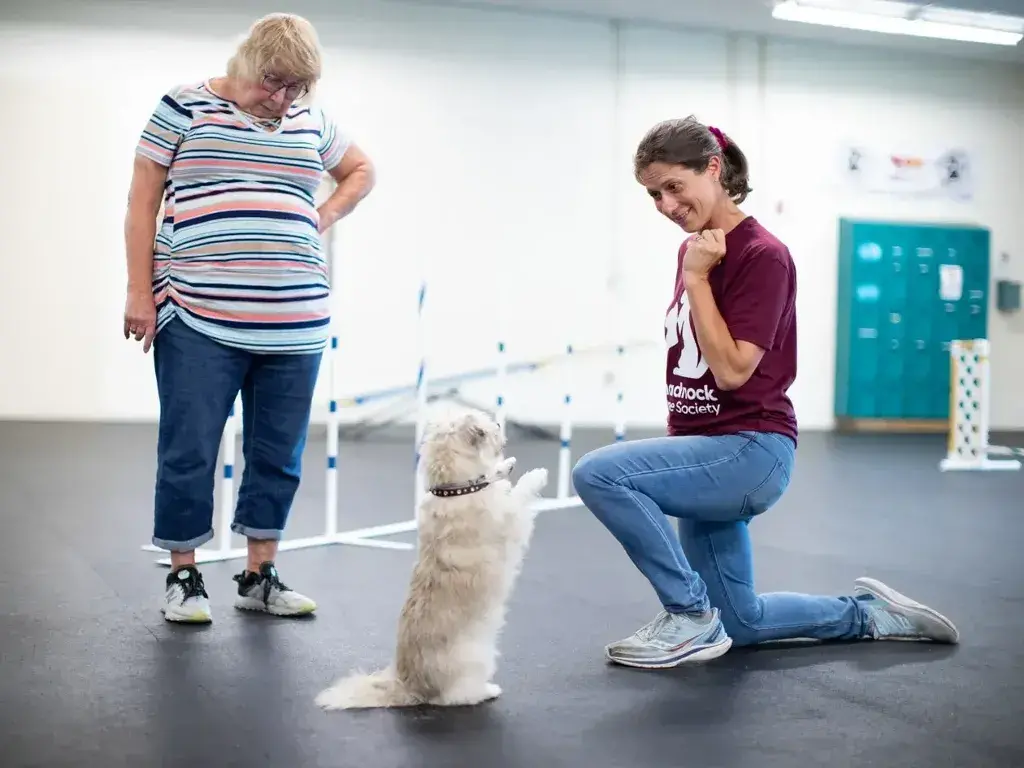
Considering all the training program options available out there, it can be a little overwhelming to choose from. In that case, we have picked out some renowned dog training programs, so you can choose whatever you think is best for your dog.
Petco Vs Petsmart
Petco offers a six weeks training program, for puppies aged from 2 to 4 months. It uses positive reinforcement methods and focuses on your pup’s social skills/sociability and initial obedience cues. Petco certifies their dog trainers through American Kennel Club, so they have highly qualified and professional staff.
Petsmaert’s program is designed for puppies aged from 10 weeks to 5 months. It is also divided into two levels. Your puppy gets obedience training classes and learns social skills and problem-solving for typical behavioral patterns.
Cost Difference Between the Two
Both training programs are for six weeks. Petsmart costs you around $124, but there are additional charges for more advanced programs. For instance, the stress training session is $79, and $139 for therapy sessions and brain games.
Petco, on the other hand, charges $149 for a six-week first session or level 1. The total charges for the 12-week classes are $298.
Service Dog Training
Dogs aren’t only emotional companions, but these smart creatures also work exceptionally as service dogs.
Service dogs are trained to provide support to physically or emotionally impaired people or also have working partners in force departments. Now, there are both profit and non-profit organizations out there to train service dogs.
On average, a service dog training cost tends to exceed the figure as high as $25,000. The reoccurring follow-ups to ensure the reliability of the training are also included in this cost. Some philanthropic organizations even give service dogs to physically/mentally challenged people for free.
How to Spot a Good Dog Trainer?

Choosing a good dog trainer is the key to having a well-trained dog. Make sure to do extensive research on your part before hiring any trainer’s facility and look for the following things:
1. Credentials
Anyone can claim to be a trainer, but you don’t want to take a risk in this regard. Certified professional dog trainers have acronyms in their titles, indicating they have completed several hours of compulsory training and passed exams in order to be that.
2. Experience
In the dog trainer’s field, education and knowledge sure are a great resource and a bonus. However, you should prefer someone who has not only completed all those hours of training but also has practically implied that knowledge somewhere.
So, someone with extensive experience is a big fat yes point when searching for a good dog trainer.
3. Do You Need a Behaviorist?
The need for a behaviorist comes into the frame when your dog is exhibiting unpleasant or unwanted behavioral patterns that are hard to tackle. A behaviorist becomes necessary in that case, as they efficiently trace out the factors causing those behaviors.
Otherwise, the trainers’ facility is usually exceptionally good at teaching your dog basic obedience training or learning tricks and cues.
Tips from a Professional to Help Your Dog Learn Basic Cues
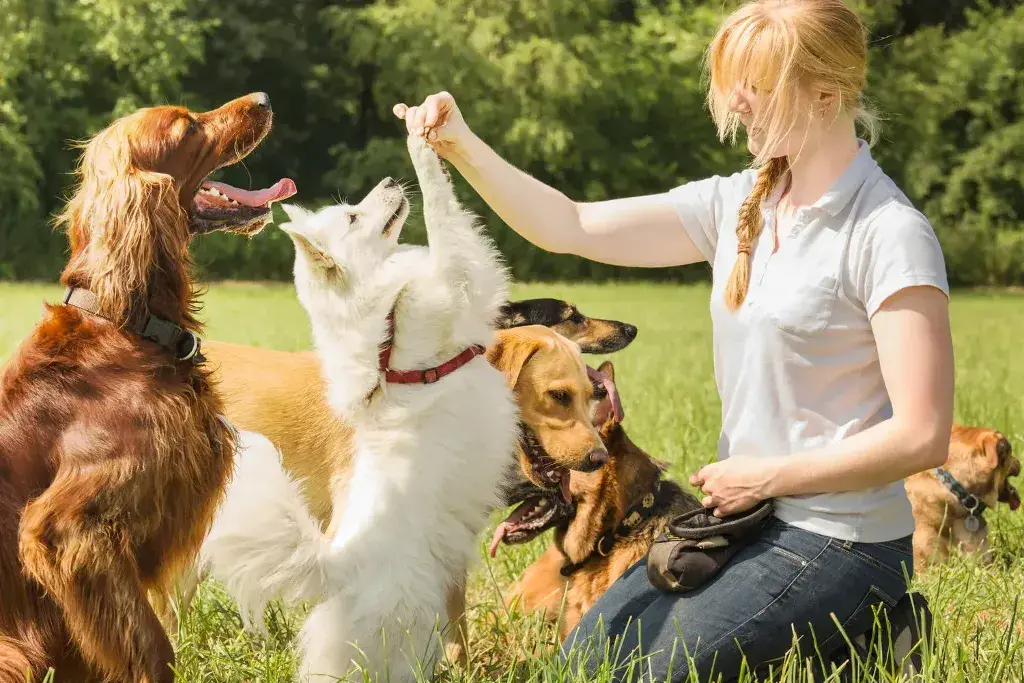
Dogs become the best learner at the sight of food. Teach your dog to sit and stay so as to not jump on strangers for greeting or follow your around wherever you go. Once they follow your command, reward them with a treat, their favorite toy, or a good boy compliment.
Don’t chase after your dog even if he has got something hideous inside its mouth. They get possessive about it and can end up swallowing or choking on it. Just instruct them to drop it, peacefully. You can make your instruction effective by playing tug games, making it all fun and games, so they intentionally drop it the next time.
Wrapping Up
Altogether, getting your dog trained properly by a professional trainer will improve the quality of your life as a pet owner and is great for your furry companion’s overall well-being.
No matter what training method you choose, just make sure to hire a trusted and experienced trainer.
To find out more:











